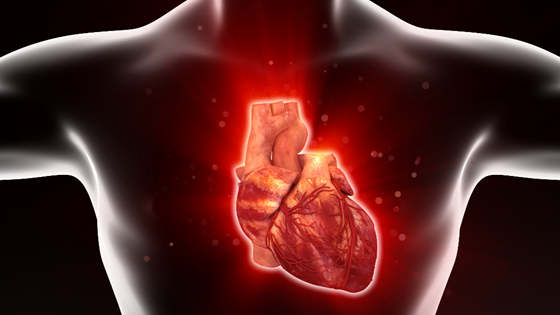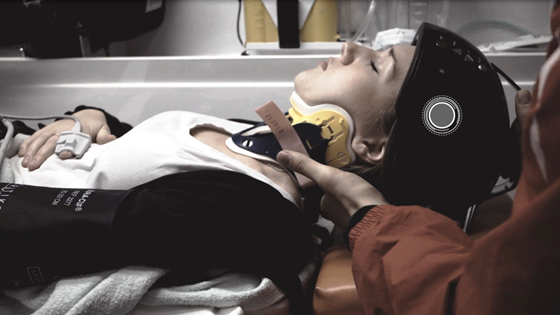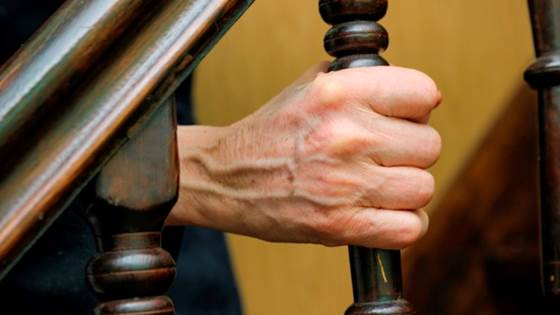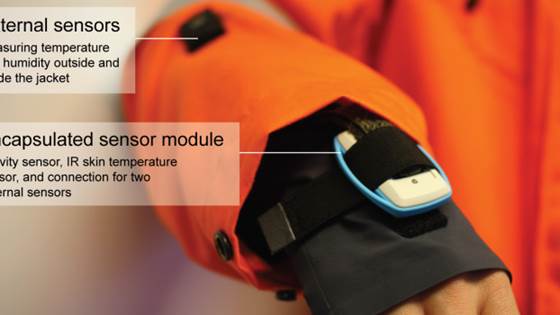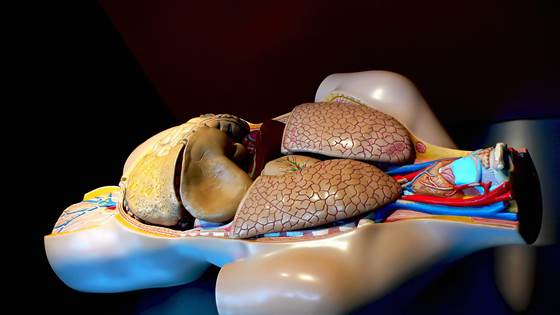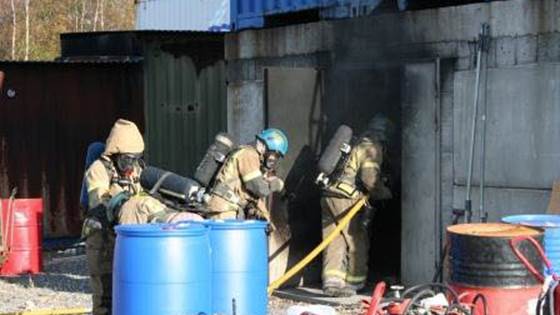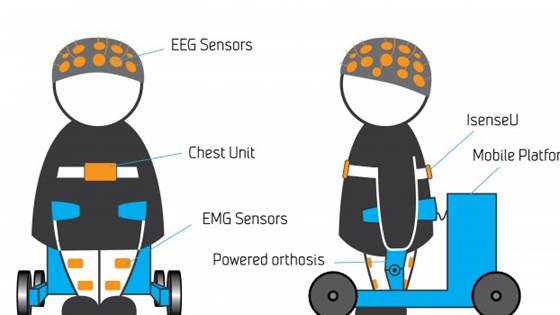Who we are
We investigate how sensor technology can be utilized to improve health and performance, with particular focus on wearable sensors, movement analysis and monitoring of physiological parameters. A core competence in our group is the development of software platforms and tools for synchronisation and visualisation of data from multiple sensors. To transform input from complex datasets into a readable and accessible output is essential to make sensor systems available for use in clinical and practical settings. Our definition of health is broad, and includes the whole spectrum from public health, occupational health, chronic diseases and disability to sports and performance at all levels up to elite athletes. We aim to develop tools for decision support that can give clinicians, coaches and researchers insight into the needs of each individual – whether it is a person with a chronic disease that needs assistance to master daily activities, or an elite athlete who aims to optimise his or her technique. Our researchers have deep knowledge within sensor technology, physiology, movement analysis, instrumentation, software development and signal processing. We can utilize already existing off-the-shelf sensors or develop new sensor systems from scratch.
How we work
We work in close collaboration with the health and sports industry, as well as the public and private health sector and academic institutions. In the majority of our projects we utilize sensors that enable measurements of various parameters outside the traditional lab setting, in a natural environment and during meaningful activities. This is essential in order to collect data that reflects the real needs of the patient or the athlete. In collaboration with our customers and partners we identify and specify user needs and aim to develop tailored sensor solutions to accommodate these. We further emphasize that the solutions we develop should be available to end-users, who do not necessarily have deep technological knowledge. This require profound insight into different user contexts and the environment in which each solution is to be implemented. All our projects are in line with the UN's sustainability goal of ensuring good health and promoting quality of life for all.
Expertise
Analytic tools for wearables and biomedical sensors
How can we develop and combine sensor principles that enable measurement of movement and physiological signals in new and better ways? We have expertise in obtaining valid sensor data, both by using off-the-shelf sensors and in-house developed application-specific sensor prototypes. This covers the full range of hardware development, embedded software development and data communication for sensor devices. We have developed a specialized tool for synchronization, visualization and storage of sensor data. This is also the link to our expertise in data analysis, where machine learning techniques are important for efficient data analysis.
Movement analysis
The gold standard for motion analysis is data collection in a 3D-lab, with multiple cameras and force platforms embedded in the floor. The advantage of 3D-lab is that you have a high degree of precision and can control the surroundings. However, 3D-lab has a limitation in that it cannot be used in a natural environment. Thus, the transfer value when assessing function level, for example at home, is limited. Furthermore, the method is cumbersome with regard to both time and resources. In order to enable collection of data in the field and in natural surroundings, one can use methods with portable sensors, so-called inertial measurement units (IMU). Another alternative is sensor-less data collection using simpler camera technology, such as GoPro or a mobile phone, where you subsequently estimate joint angles and movement quality through machine learning algorithms. Such sensor data can also be used for digital surveillance at home or in an institution. The requirements for precision in movement analysis will vary for different clinical aspects and user groups. In our research group, we have expertise in all the mentioned methods and associated analysis tools. We can therefore design and carry out studies on different patient / user groups, for different movements and for different sports, with adaptation of methodology and analysis for a number of different applications both in the lab and in the field.
Assessment of physiological parameters over time
In real life, we are always influenced by our surroundings as well as by variations in daily form and condition. Imagine you are in the doctor's office measuring your blood pressure. The measurement gives a status at that specific time - a snapshot. But you do not know how your blood pressure vary for the rest of the day. Likewise, a body temperature measurement will tell if you have a fever when measured, but not whether your temperature has risen or fallen since earlier in the day. The use of various sensor solutions allows us to measure a number of physiological parameters over time. This means that the end-user or healthcare professionals can monitor any changes. Sensors can, for example, detect deterioration in a condition at an early stage, so that measures can be implemented effectively. One can also objectively document progress in a rehabilitation course. For personnel in health care institutions, sensor data will provide objective decision support. It is essential that the sensors used are as unobtrusive to the user as possible. This is today achievable by the use of different wearables that are attached to the body or integrated in clothing. However, there are numerous research challenges associated with this use of sensor technology, related to privacy and data security, stability and battery capacity in sensors, sustainability and reuse. Furthermore, large amounts of data are generated, which requires development of software and analytic tools that can both handle the amount of data and at the same time identify relevant changes. We have the interdisciplinary knowledge necessary to be able to handle all these aspects.


